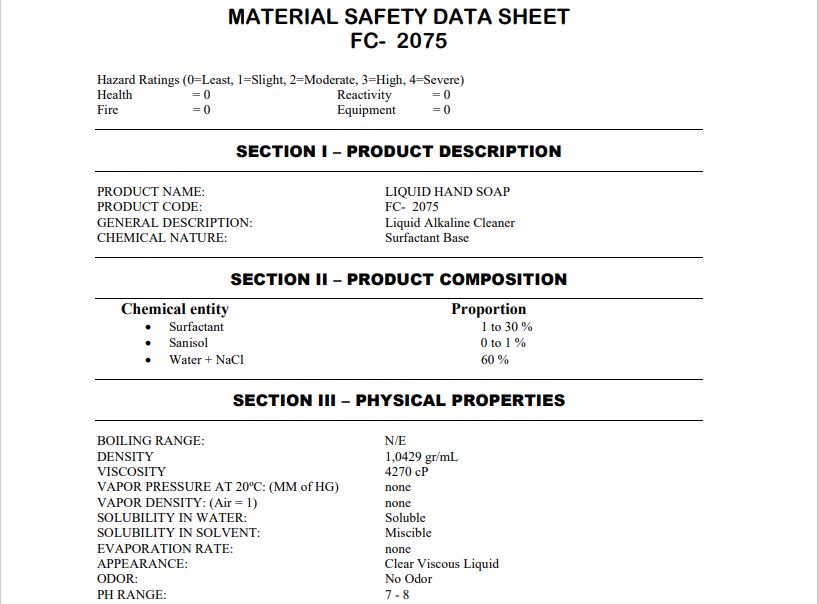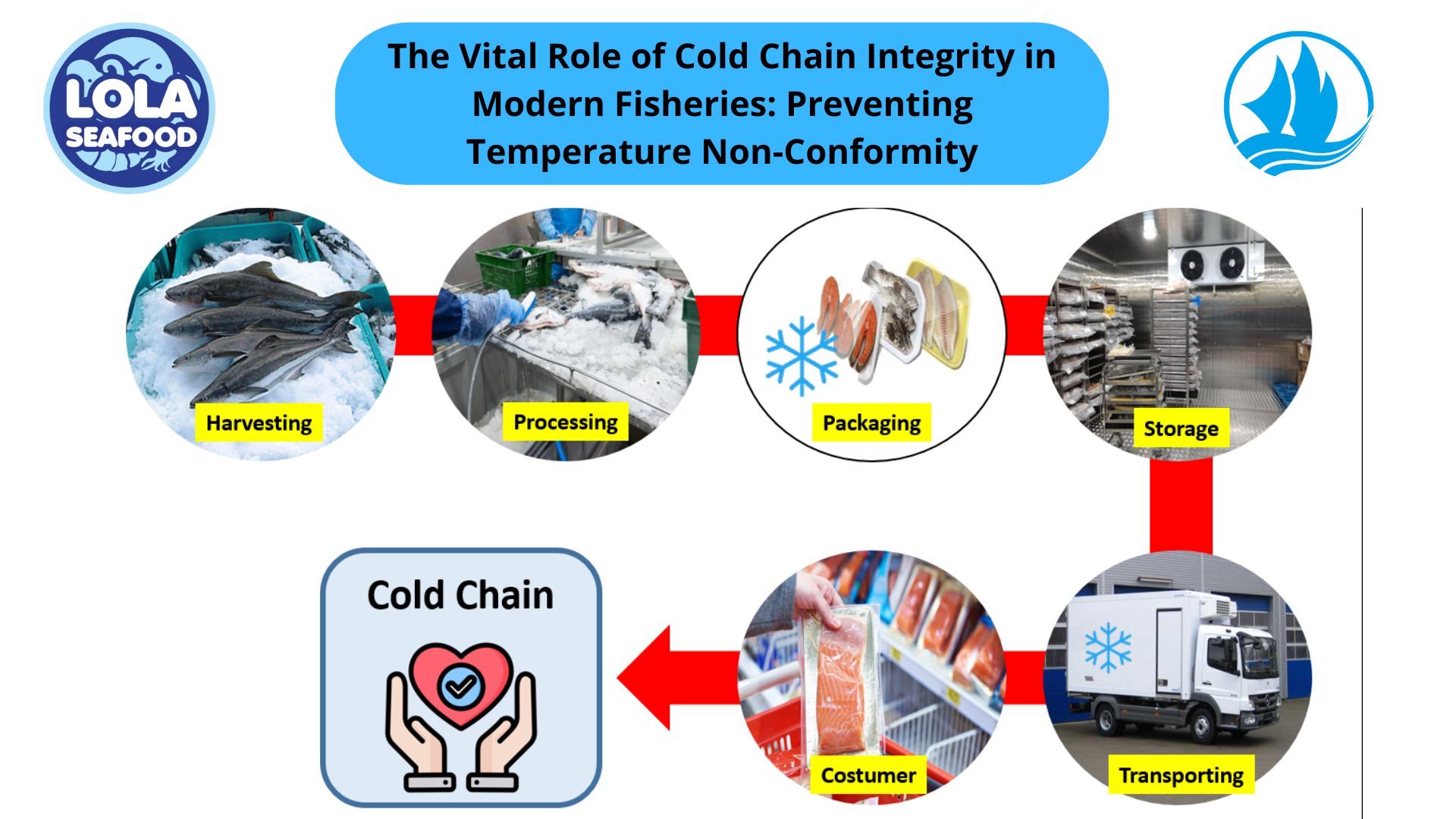Safety Data Sheet
By. Najih - 03 Aug 2023
kelolalaut.com - A safety data sheet (SDS), formerly known as a material safety data sheet or MSDS, is a written document from a chemical manufacturer or supplier that provides useful information on chemicals, describing the hazards the chemical presents, and gives information on handling, storage and emergency measures in case of an accident. SDS also plays an important part in a food safety HACCP system.
Each section of the SDS contains specific information relating to the chemical.
1. Contains contact details of the person/company responsible for supplying the chemical, the uses of the chemical, as well as the telephone number to contact in case of an emergency (see details on page four of this info sheet).
2. Gives details on the hazards of the chemical and the potential effects and symptoms resulting from use.
3. This section provides information on the identity, hazards and concentration of individual substances in a mixture. In the case of an SDS for a substance, this section provides the identity of the substance.
4. Describes the necessary first aid measures to be taken in case of an accident
5. Gives specific information on fighting a fire caused by the chemical, including the most suitable extinguishing media and protective equipment.
6. Describes what actions need to be taken if there is an accidental release of the chemical.
7. Contains details on how to handle and store the chemical safely.
8. Section 8 gives details of the steps needed to reduce exposure, for example ventilation and personal protective equipment (PPE) necessary to protect health, as well as occupational exposure limit (OEL) values where required.
9, 11 and 12. Provide detailed information on the physical/ chemical, toxicological and ecological properties of the chemical.
10. Contains details of any hazardous reactions that may occur if the chemical is used under certain conditions.
13. Explains how the chemical should be disposed of correctly.
14. Contains information relating to the transportation of the chemical.
15. Contains details on relevant EU/national legislation.
16. Gives any other information relevant to the chemical for example training advice or full text of hazard statements.
.jpg)
The Impact of HACCP-Based Integrated Quality Management Programs on the Quality and Competitiveness of Fresh Demersal Fish Products
 and Employee Productivity on the Demersal Fish Processing Floor.jpg)

.jpg)




